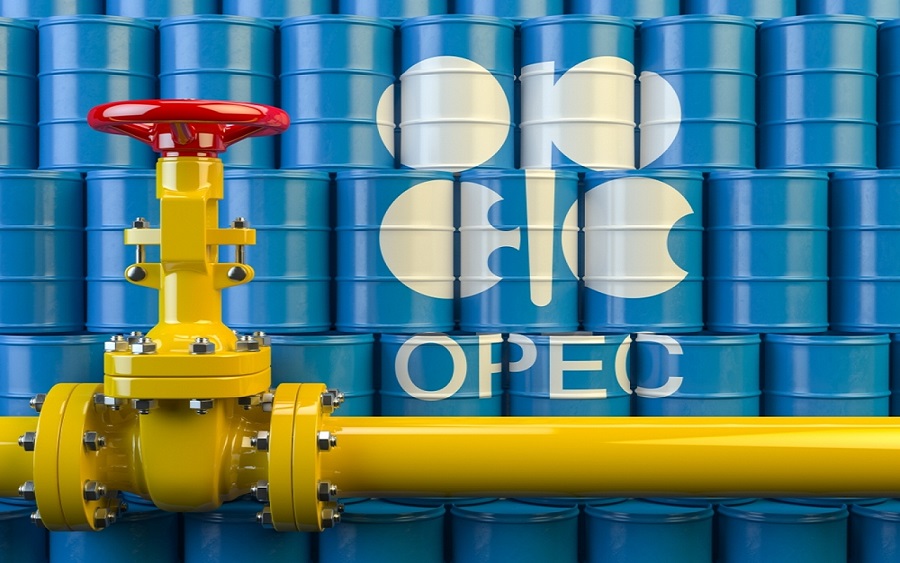Russia’s crude oil production has fallen 16,000 barrels per day below its OPEC+ commitments, raising concerns about global supply stability amid broader energy market pressures. As one of the world’s largest oil producers, Russia’s output levels can significantly influence global market dynamics and price stability. While Russia promised to submit an updated schedule for production cuts to address past overproduction, no schedule has materialized, leaving markets uncertain about future supply adjustments.
The situation worsened by January 2024, with Russian output dropping to 8.962 million barrels per day (bpd). This decline stems from both operational and economic challenges, including harsh winter conditions that make production adjustments particularly difficult in Russia’s oil fields. The country’s vast oil infrastructure, much of it dating from the Soviet era, requires consistent maintenance and technological upgrades to maintain optimal production levels.
Contributing significantly to these challenges are the Biden administration’s sanctions on Russia’s energy sector. These measures have specifically targeted key firms like Surgutneftgas and Gazprom Neft, which together handle 25% of Russian oil exports. Beyond restricting access to vital extraction technology and financial services, Western import bans have forced Russia to dramatically reshape its export strategy, primarily turning to Asian markets. This shift represents one of the most significant realignments in global oil trade patterns in recent years.
The transformation of Russia’s oil sector has been further complicated by an exodus of international energy companies from Russian projects. Without crucial foreign investment and expertise, Russia has struggled to develop new fields and maintain existing ones, leading to declining production in aging oil fields. This technical brain drain has particularly affected complex extraction projects that require specialized Western technology and know-how.
The impact of these changes is already visible in the market, especially among Russia’s new trading partners. Bharat Petroleum CFO Shri Vetsa Ramakrishna Gupta recently told Reuters, “We have not received any new offers for the March window. Traders are asking us to wait.” He noted that shipment volumes are expected to fall below the levels seen in December and January, highlighting the growing uncertainty in Russia’s export capabilities.
Russia’s attempts to pivot toward markets like China and India have encountered significant logistical challenges. Longer maritime routes have increased costs and strained operational efficiency, requiring new infrastructure and transportation networks. Meanwhile, OPEC+ production cuts, intended to stabilize prices, have revealed Russia’s deeper structural challenges as it struggles to meet even reduced quotas. This situation is particularly noteworthy given Russia’s historical role as a key player in global oil markets and its previous ability to adjust production levels to meet market demands.
The current production shortfall occurs against a backdrop of evolving global energy politics. Western nations are increasingly focused on energy security and diversification of supply sources, while emerging economies are balancing their energy needs with international political considerations. As these developments unfold, the production shortfall could fundamentally reshape global energy partnerships and security strategies.
